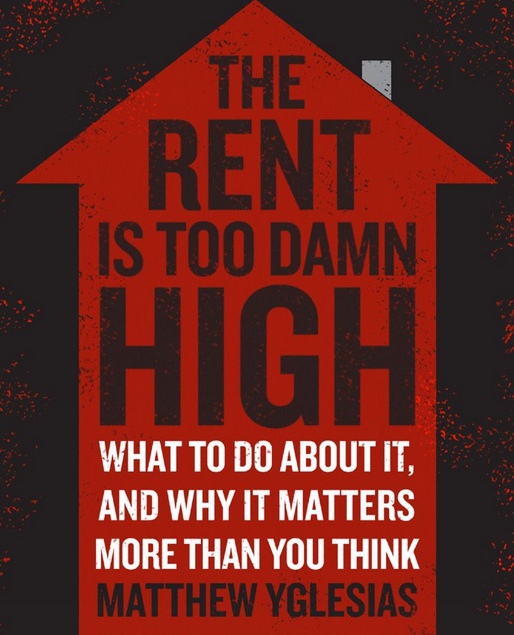I ended up on an interesting line of thought tonight about what exactly the world will look like with ubiquitous 3D printing. 3D printing will bring in an age of abundance, but in a very specific way.
For the first time however, this model will be applied to something completely new. Media companies had established business lines, and obviously tried to preserve those in the face of the unique pressures of the digital age. The ability to completely bypass the manufacturing industry has never existed before, and therefore the incentive structure surrounding it will necessarily be entirely new.
Read more ...
Once the manufacturing process is made costless, the only physical costs in any object will be raw materials. These materials will still be subject to the same laws of supply and demand as they always have.
Ideas will matter more. For designed objects, the design knowhow will be in demand, while for practical objects the technical knowledge will be more important. In both cases, the actual knowledge of 3D design techniques will be needed at some stage, and in either case, they will face the exact same pressures faced by media companies today. These ideas will be easily copied, and a system will have to be arranged to allow designers, engineers, and 3D artists to be properly compensated for their efforts.
For the first time however, this model will be applied to something completely new. Media companies had established business lines, and obviously tried to preserve those in the face of the unique pressures of the digital age. The ability to completely bypass the manufacturing industry has never existed before, and therefore the incentive structure surrounding it will necessarily be entirely new.
The economics of the future will be completely built around this fact. When "copy and paste" is applied to the real world, ideas, skills, and raw materials will have to interact in an entirely new way. We'll still have physical limits, but these will be expressed as raw material limits that will be immediately apparent to everyone. Ideas are no longer tied to physical objects, and can therefore no longer be priced as a "value add" to goods as they are today. Looking at it from this angle, it seems arbitrary that ideas were ever tied to physical goods, but in the future, we will need to come up with a way to properly incentivize people to create. The dystopian version of real world copy and paste is a world where creativity dies, society finds a way to function in a sustainable way, and continues eternally in a static world of no change.












